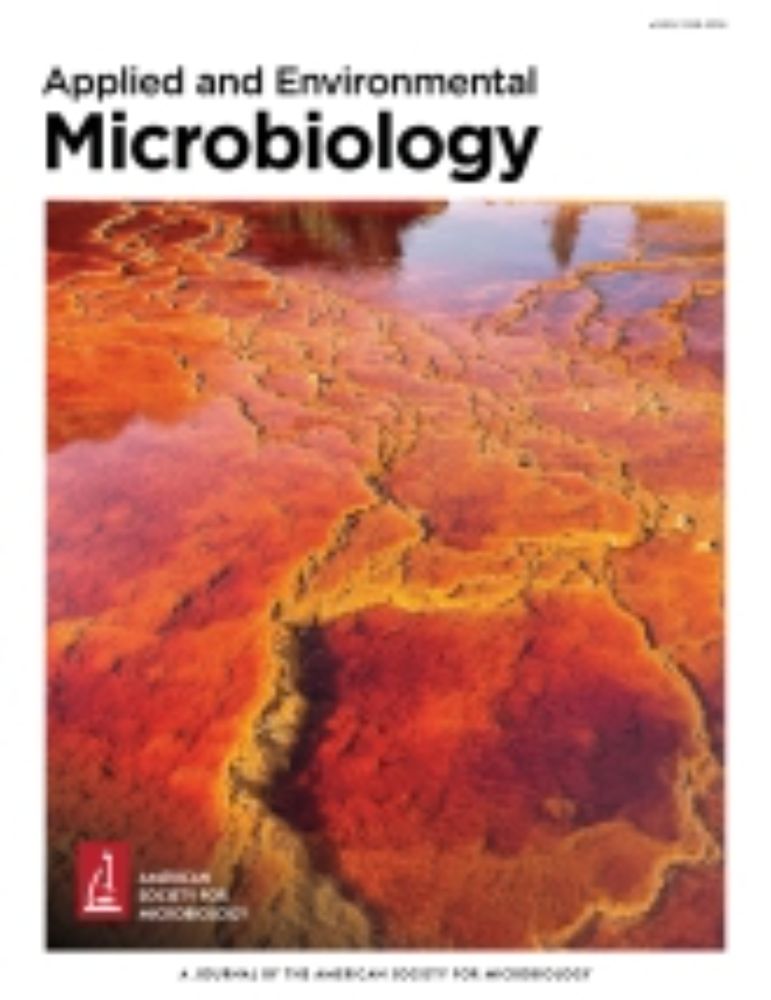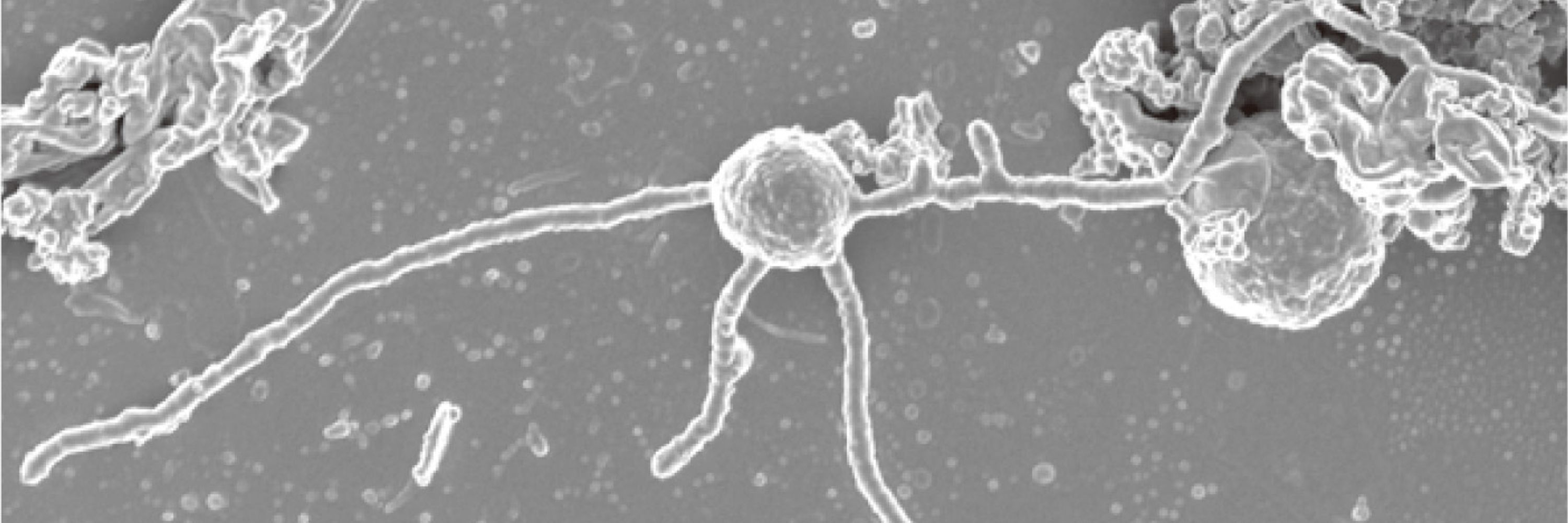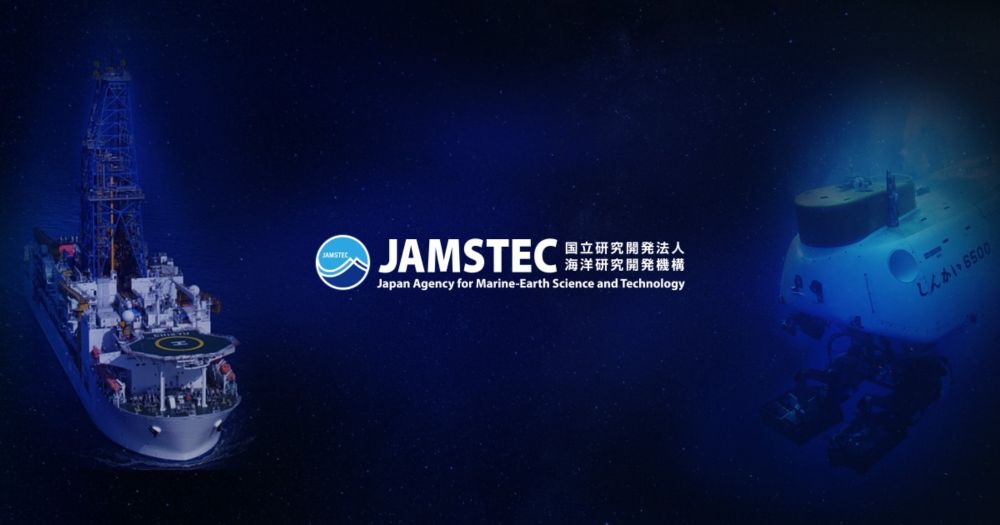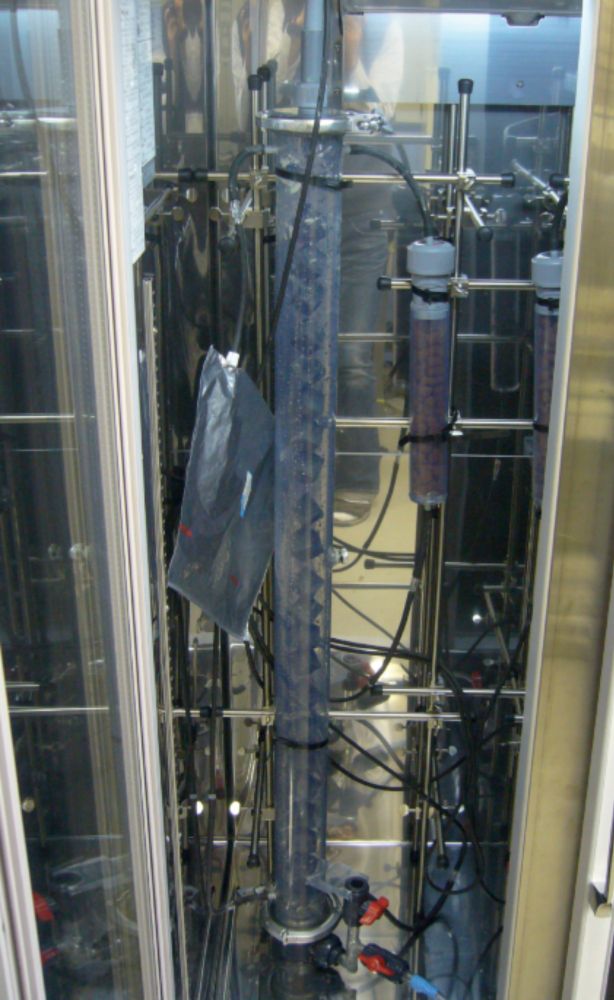Posts
Media
Videos
Starter Packs
Hiro Imachi
@hiro-imachi.bsky.social
· Aug 1

First isolation of a methanotrophic Mycobacterium reveals ammonia- and pH-tolerant methane oxidation | Applied and Environmental Microbiology
Methane is a significant contributor to climate change (27 times more potent as a
greenhouse gas than carbon dioxide), and the largest biological sink is methane-oxidizing
bacteria: methanotrophs. Alt...
journals.asm.org
Reposted by Hiro Imachi
Reposted by Hiro Imachi
Hiro Imachi
@hiro-imachi.bsky.social
· May 1
Hiro Imachi
@hiro-imachi.bsky.social
· May 1
Reposted by Hiro Imachi
Hiro Imachi
@hiro-imachi.bsky.social
· Apr 15
Hiro Imachi
@hiro-imachi.bsky.social
· Apr 15

Cultivation of previously uncultured microorganisms with a continuous-flow down-flow hanging sponge (DHS) bioreactor, using a syntrophic archaeon culture obtained from deep marine sediment as a case s...
This two-stage bioreactor-mediated approach for culturing previously uncultured microorganisms involves enrichment of indigenous organisms by using a continuous-flow down-flow hanging sponge bioreacto...
www.nature.com
Hiro Imachi
@hiro-imachi.bsky.social
· Apr 15

A Long-Term Cultivation of an Anaerobic Methane-Oxidizing Microbial Community from Deep-Sea Methane-Seep Sediment Using a Continuous-Flow Bioreactor
Anaerobic oxidation of methane (AOM) in marine sediments is an important global methane sink, but the physiological characteristics of AOM-associated microorganisms remain poorly understood. Here we r...
journals.plos.org
Hiro Imachi
@hiro-imachi.bsky.social
· Apr 15
Hiro Imachi
@hiro-imachi.bsky.social
· Apr 15
Hiro Imachi
@hiro-imachi.bsky.social
· Apr 14
Reposted by Hiro Imachi
Masaru Nobu
@masarunobu.bsky.social
· Feb 27

Eukaryotes' closest relatives are internally simple syntrophic archaea
Eukaryotes are theorized to have originated from an archaeal phylum Promethearchaeota (formerly 'Asgard' archaea)1,2. The first cultured representatives revealed valuable insight3,4 but are distantly ...
www.biorxiv.org
Hiro Imachi
@hiro-imachi.bsky.social
· Mar 3
Hiro Imachi
@hiro-imachi.bsky.social
· Mar 3
Hiro Imachi
@hiro-imachi.bsky.social
· Mar 3
Hiro Imachi
@hiro-imachi.bsky.social
· Feb 27

Eukaryotes' closest relatives are internally simple syntrophic archaea
Eukaryotes are theorized to have originated from an archaeal phylum Promethearchaeota (formerly 'Asgard' archaea)1,2. The first cultured representatives revealed valuable insight3,4 but are distantly ...
www.biorxiv.org
Hiro Imachi
@hiro-imachi.bsky.social
· Feb 11

Minisyncoccus archaeiphilus gen. nov., sp. nov., a mesophilic, obligate parasitic bacterium and proposal of Minisyncoccaceae fam. nov., Minisyncoccales ord. nov., Minisyncoccia class. nov. and Minisyn...
In the domain Bacteria, one of the largest, most diverse and environmentally ubiquitous phylogenetic groups, Candidatus Patescibacteria (also known as candidate phyla radiation/CPR), remains poorly ch...
www.microbiologyresearch.org
Hiro Imachi
@hiro-imachi.bsky.social
· Jan 29
Hiro Imachi
@hiro-imachi.bsky.social
· Nov 30
Hiro Imachi
@hiro-imachi.bsky.social
· Nov 30




